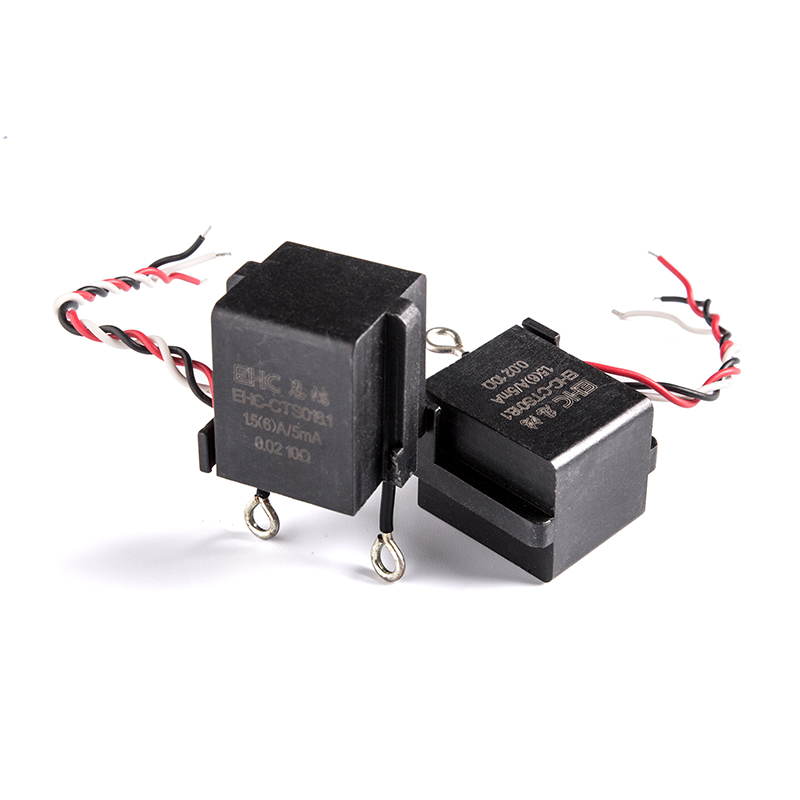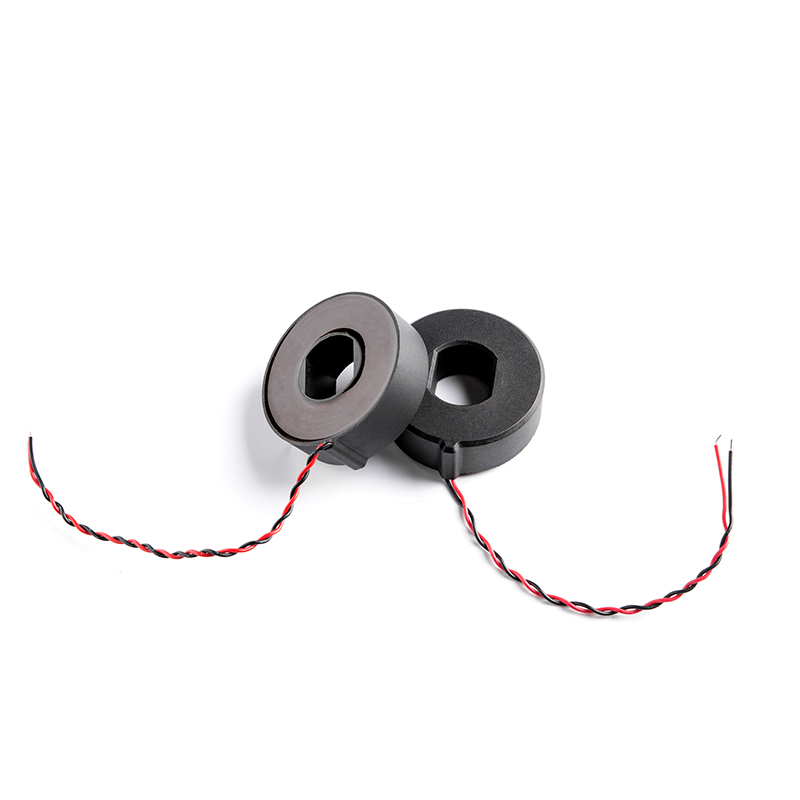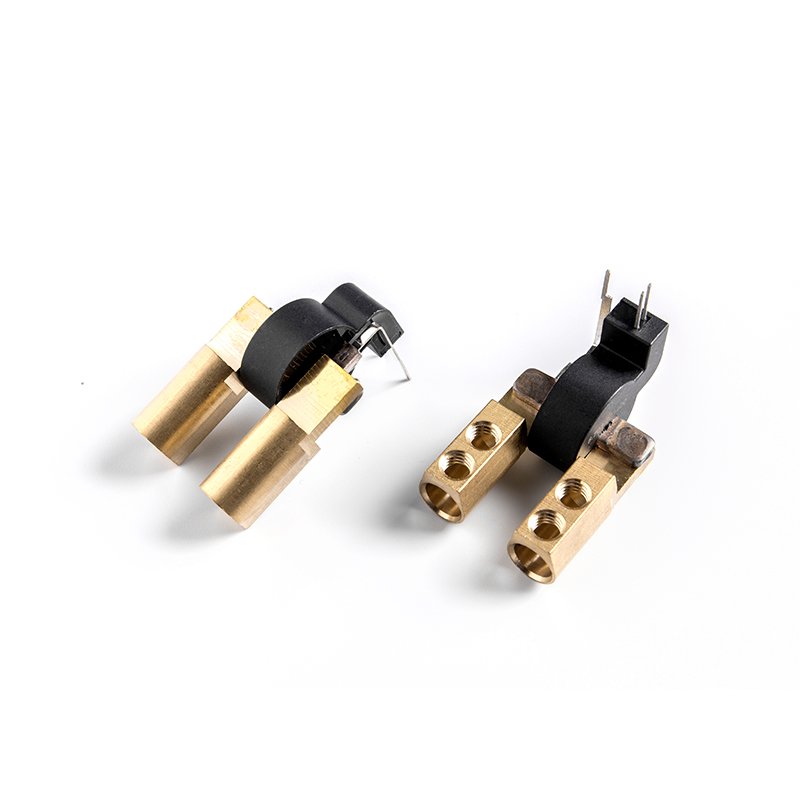The construction, packaging, and geometry of a transformer will determine how it is classified. Different types of transformers will have different operating characteristics and constructions (eg, autotransformers). Most transformers are a core type or shell type, as shown in the figure below. This will determine their level of UL compliance, as well as their operation at higher frequencies.
power transformer
Technically, all transformers convert electricity, but power transformers are specifically designed for utility power conversion. These transformers are designed to provide efficient power conversion between input voltage levels. These components are primarily used for AC-AC power conversion (single-phase or three-phase) at line frequencies and are rated in the hundreds of VA or kVA levels. The frequency limitations of these components are low because they do not need to operate at the switching frequency in the DC-DC converter.
Isolation may be lower at high frequencies due to low frequencies where noise or ESD may couple through gaps in the transformer. One way to overcome this problem is to bridge the ground planes on each side of the primary and secondary coils with a safety capacitor (usually a Y-type), where the capacitance is larger than the parasitic capacitance of the transformer. This directs noise from sensitive circuits to the GND connection of your choice by creating a low impedance current path, how this can create a safety hazard on the GND terminal of the power supply if the GND noise current is large.
shielding transformer
Shielded transformers have higher isolation because the core material and package provide additional shielding from RF noise. Specifically, this addresses high-frequency noise from the primary side (e.g. from the mains) and tries to prevent it from passing to the secondary side through parasitics of the components. The package also prevents further surge/pulse voltages from passing through the inter-winding capacitance.
isolation transformer
All transformers provide isolation, but isolation transformers are designed to provide very high isolation values for low power and medium speed data transfer tasks. They are also ideal for low voltage power supplies in commercial and industrial power systems.
Introduction To Transformer Types
Recommended Products
-
 View More >>
View More >>
Non-Toroidal C-Type Cut Amorphous Nanocrystalline Cores
Industry: Amorphous Nanocrystalline Core
-
 View More >>
View More >>
EHC-VCT Series for Power supply
Industry: Current Transformer
-
 View More >>
View More >>
Transformers Cores Amorphous Nanocrystalline Cores
Industry: Amorphous Nanocrystalline Core
-
 View More >>
View More >>
Amorphous Nanocrystalline Inductor Cores
Industry: Amorphous Nanocrystalline Core
-
 View More >>
View More >>
CTS Series Terminal High Precision Amorphous Nanocrystalline Current Transformers
Industry: Current Transformer
-
 View More >>
View More >>
Rectangular hysteresis loop Cores
Industry: Amorphous Nanocrystalline Core
-
 View More >>
View More >>
High Linear Current Transformers
Industry: Current Transformer
-
 View More >>
View More >>
Common Mode Choke Amorphous Nanocrystalline Inductors
Industry: Amorphous Nanocrystalline Inductors

 English
English 中文简体
中文简体 Deutsch
Deutsch 日本語
日本語

